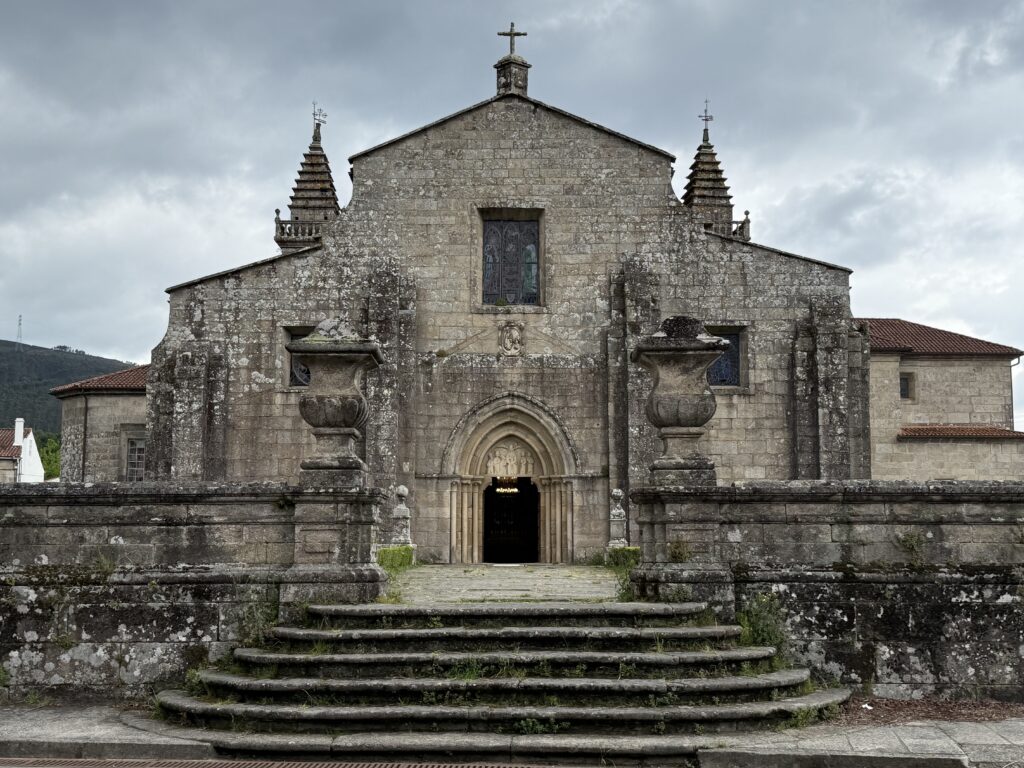The Way of the Flame: The Mission of St. James in Spain

Long after the resurrection of Christ and the descent of the Holy Spirit at Pentecost, the apostles cast lots and scattered to the ends of the earth to proclaim the Gospel. To James, son of Zebedee, brother of John, was given the western edge of the world—Hispania, a land of fierce mountains, pagan altars, and windswept coasts.
James did not hesitate.
He sailed westward from Jerusalem, his heart burning with the memory of Christ’s voice: “Go, and make disciples of all nations.” The journey was long, the sea unforgiving. Yet James and a handful of followers landed near what is now Tarragona, walking inland through rugged terrain, speaking in broken tongues to shepherds and fishermen, Roman soldiers and Celtic tribes.
The people were curious, wary, and often hostile. But James spoke of a kingdom not of this world, of a man who died and rose again, and of a love that cast out fear. Miracles were whispered of—a spring bursting from dry rock, a blind child who saw. Still, the conversions were few, the road long.
At last, he made his way north and west, drawn by a stirring he could not explain. In the green hills of Galicia, he found a wild and misty land where the stars seemed close enough to touch. The people there worshipped ancient gods—spirits of the forest and sea—but they welcomed the stranger with dark eyes and quiet reverence.
On a hill near Iria Flavia, James raised a simple wooden cross and preached to anyone who would listen. Some scoffed. Others stayed. A small community formed—humble, but faithful. They broke bread, baptized in rivers, and prayed beneath the stars.
One night, discouraged and wondering if he had failed, James climbed a solitary hill and prayed. As the sun set behind the Atlantic, legend says the Virgin Mary appeared to him on a pillar of jasper, borne by angels, to console him. She told him his mission was not in vain, that the seeds he had planted would one day bear fruit. This moment—later known as the Apparition of Our Lady of the Pillar—strengthened his heart.
James returned to Jerusalem not long after, obedient to a final call. There, he faced martyrdom by the sword under King Herod Agrippa. But his disciples, faithful to their teacher’s wishes, carried his body across the sea to Galicia, where they buried him in a hidden tomb beneath a quiet field.
For centuries, his grave lay forgotten—until a hermit in the ninth century followed a field of stars (in Latin, campus stellae, Compostela) to that sacred site. There, beneath the earth, they found the remains of a man and the signs of his sainthood.
Thus began the Camino de Santiago, the Way of St. James, as pilgrims from every land journeyed to the far reaches of Spain to walk in his footsteps.
And so it is told: James, the thunderous apostle, brought the Gospel to the ends of the earth—and in the green hills of Galicia, the flame he kindled still burns.
